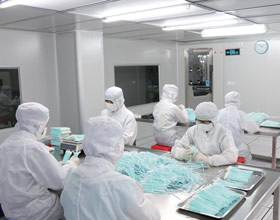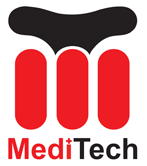
클린룸 면봉 may seem like a small and insignificant tool, 하지만 고품질 제조 공정을 보장하는 데 중요한 역할을 합니다.. 이러한 특수 면봉은 클린룸 환경의 엄격한 요구 사항을 충족하도록 설계되었습니다., 아주 작은 오염이라도 심각한 결과를 초래할 수 있는 곳.
Cleanrooms are controlled environments used in industries such as pharmaceuticals, electronics, 생명공학. They are designed to minimize airborne particles, 먼지, and other contaminants that could compromise the production process. Maintaining cleanliness is essential to prevent product defects, equipment failures, and costly reworks.
One of the primary sources of contamination in cleanrooms is human contact. Our bodies naturally shed dead skin cells, hair, and oils, which can contain microbes or particles. When these particles enter the manufacturing process, they can lead to product failures or affect the performance of sensitive equipment.
This is where cleanroom swabs come into play. They are specially designed to effectively remove contaminants from delicate surfaces without leaving any residue behind. The materials used in these swabs are carefully selected to ensure they do not introduce additional contaminants into the cleanroom environment.
Cleanroom swabs are available in various materials, such as polyester, foam, 또는 극세사. Each material has unique properties that make it suitable for different cleaning tasks. 예를 들어, foam swabs are excellent for absorbing liquids, while polyester swabs are ideal for removing particles from surfaces.
The design of cleanroom swabs also contributes to their effectiveness. They are typically manufactured with a low-linting or non-linting construction to prevent fiber shedding. Moreover, the swabs are engineered to have a consistent shape and size, ensuring uniform cleaning and reducing the risk of leaving behind any residue.
In addition to their cleaning capabilities, cleanroom swabs also help with quality control. Regular swabbing of critical surfaces allows manufacturers to monitor cleanliness levels and identify potential sources of contamination. By identifying and addressing these issues promptly, manufacturers can prevent costly production delays or product recalls.
It is important for companies operating in cleanroom environments to establish proper protocols for swabbing procedures. This includes selecting the appropriate swab material, following recommended techniques for surface cleaning, and disposing of used swabs properly.
결론적으로, cleanroom swabs are essential tools that contribute to high-quality manufacturing processes. By effectively removing contaminants from critical surfaces, they help prevent product defects, equipment failures, and costly reworks. Proper utilization of cleanroom swabs, along with stringent cleanliness protocols, ensures that manufacturing processes meet the highest standards of quality and reliability.
 클린룸 폼 면봉, 폴리에스테르 면봉, 프린터 청소 키트 제조업체 – 메디텍
클린룸 폼 면봉, 폴리에스테르 면봉, 프린터 청소 키트 제조업체 – 메디텍